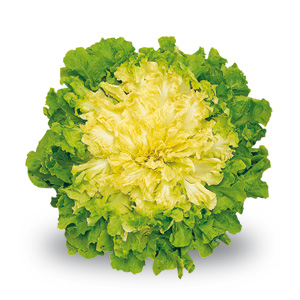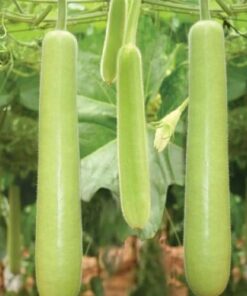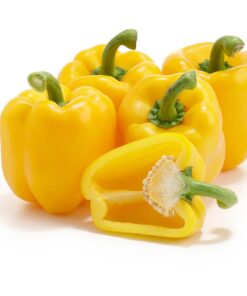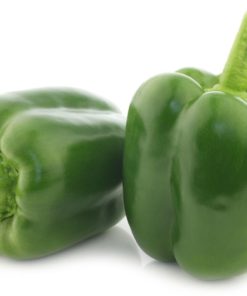Endive Seeds Indivia Scarola of 40 seeds
₹60.00
In stock
Endive Seeds, is often described as a green leafy green vegetable that comes in curly or flat-leaf varieties, but that’s not entirely true. To be precise, endive is the curly-leafed type, and escarole is the one with larger, flatter leaves. Endive, native to Asia Minor and a member of the Asteraceae (daisy) family of plants, is a close cousin to chicory, radicchio, and Belgian endive (witloof). Frisee is a smaller variety with fine, lacy leaves.
Endive is a cool weather crop like lettuce, with a crisp texture and robust flavor. The inner leaves are sweeter, but the more mature outer leaves deliver a bit of kick to the taste buds – in a good way. You’ll often find it in fancy mixes of lettuce greens because of its attractive, frilly leaves.
Endive Seeds It turns out that endive is nutritious as well. In juicing, it’s best to blend endive with other veggies for a sweeter – or at least more neutral – taste. In salads, endive adds an interesting zest, and can be cooked tender-crisp like spinach, as a wrapping for meat or fish.
While most Americans pronounce the word as “ehn-dive,” the enlightened give it a French twist by (correctly) calling it “on-deev.” No matter. It’s the same tasty salad green – albeit rather pale and exotic-looking – that can add nutritious panache to nearly any meal.
Endive Seeds Growing Endive
How to grow endive, a popular salad vegetable on the Continent there are two types: curly endive (chicorée frisée), which is more heat-resistant, and Batavian or broad leaved (escarole); there are also intermediate hybrids. Endive is traditionally cultivated as an Autumn or early Winter crop. If grown under cover in a cold greenhouse, cropping can continue into Spring. In some places endive is called chicory (which is a different crop).
Endive Cultivation
Sow in situ and thin, or in seed trays or modules and transplant (this is the best method for early spring sowings). Spacing varies from 25-37cm (10-15″) each way depending on cultivar. Plants take about 3 months to reach maturity.
Sow in April indoors at 68ª F (20ª C) in seed trays or modules, using early varieties but early sowings are prone to bolting so you’re better off waiting till late May and continue till mid July for continuity. Do not allow temperature to fall below 40ª F for more than 20 days or plants will bolt. Harden off and plant out under cloches or crop covers. Make a further sowing indoors in May. The main sowing for autumn cropping should be made outdoors in June or July (any type). Sow a broad leaved or hardy curled cultivar in a cold greenhouse in August.
Endive is best sown in modular trays and planted out in about 4 weeks.
Sowing in Modular trays.
Use a seed compost which has a finer texture and lower nutrients than your standard multipurpose compost. We use a seed module tray with each section being approx 2 inches deep. Here’s what you do:
- Fill the seed tray with compost and brush off any excess. When filling the tray rub the compost through your hands to break up any lumps. Give the tray a sharp bang on your table to settle.
- With your fingers make small depressions in each cell about a fingernail or 1cm deep.
- Sow 1 or 2 seeds per module. If 2 seeds germinate you will have to remove the weaker seedling.
- Cover the seeds with another layer of compost then scrape across the top of the tray with a stick to remove excess.
- Gently water your seeds. A good tip is to use a plastic bottle with small holes punched in the cap. This is less likely to wash the seed around than the heavy spray from a watering can.
- Place your trays in your greenhouse, poly tunnel, cold frame or windowsill to germinate. They should be ready to plant out in about 4 weeks.
Be the first to review “Endive Seeds Indivia Scarola of 40 seeds” Cancel reply
You must be logged in to post a review.











Reviews
There are no reviews yet.